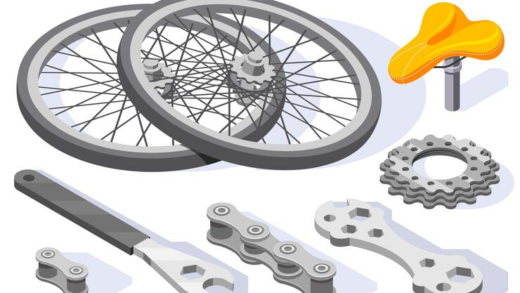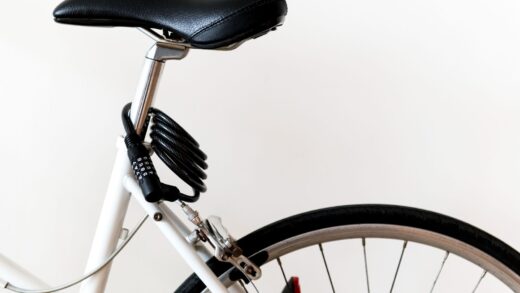Tire selection is a crucial aspect of cycling performance, and thread count plays a significant role in determining the overall quality and attributes of a tire. In this exploration, we unravel the intricacies of 60 TPI (threads per inch) and 120 TPI tires, shedding light on the impact of thread count on various aspects of your cycling experience.
The Balance of Strength and Flexibility: 60 TPI Tires
Tires with a thread count of 60 TPI strike a balance between durability and flexibility. The lower thread count allows for a thicker casing and larger rubber knobs, making them ideal for rough terrains and rugged conditions.
Durability in Diversity: Handling Varied Terrain
60 TPI tires excel in handling diverse terrains, from gravel paths to off-road trails. Their robust construction offers enhanced puncture resistance, making them a preferred choice for adventurous cyclists seeking durability and stability.
Rolling with Resilience: Performance on Rough Roads
The robust casing of 60 TPI tires translates to a more stable ride on uneven surfaces. The increased thickness of the tire ensures better protection against abrasions and punctures, making them suitable for demanding conditions where resilience matters.
The Featherweight Advantage: 120 TPI Tires
With a thread count of 120 TPI, tires gain a lightweight construction that enhances speed and responsiveness. The higher thread count allows for a finer and denser casing, creating a tire that excels in road cycling and smoother surfaces.
Effortless Speed: Road Performance Redefined
120 TPI tires are designed for road enthusiasts who prioritize speed and efficiency. The finer threads result in a supple casing that conforms to the road surface, minimizing rolling resistance and maximizing speed potential.
Agile Handling: Precision on Pavements
The higher thread count of 120 TPI tires contributes to their agility and responsiveness. Cyclists can enjoy precise cornering and smoother handling, making these tires an excellent choice for those who navigate urban environments and paved roads.
Discover more, watching this video
Navigating the Tread: Which Thread Count Suits Your Ride?
Choosing the Right Thread Count: Tailoring to Your Riding Style
The decision between 60 TPI and 120 TPI tires ultimately hinges on your riding preferences and the type of terrain you frequent. Each thread count offers distinct advantages, catering to different cycling experiences.
Off-Road Exploration: 60 TPI for Adventurers
If your cycling adventures often take you off the beaten path, 60 TPI tires are a reliable choice. Their durability and puncture resistance make them suitable for rough terrains and unpredictable surfaces, ensuring you can confidently conquer any trail.

Urban Velocity: 120 TPI for Road Enthusiasts
For road cyclists seeking speed and responsiveness, 120 TPI tires provide a lightweight and supple option. Their reduced rolling resistance translates to effortless acceleration and smoother rides on paved roads, offering an edge in urban and recreational cycling.
The Journey’s End: Conclusion on Tire Thread Counts
The 60 TPI vs 120 TPI debate highlights the nuanced considerations that cyclists must weigh when selecting tires. The choice between durability and speed ultimately boils down to your preferred riding style and the terrain you frequently encounter.
As you embark on your cycling journey, remember that the right tire thread count can significantly impact your overall experience. Whether you opt for the robustness of 60 TPI tires or the agility of 120 TPI tires, the key is to align your choice with your cycling aspirations and the roads that beckon you.
With this newfound knowledge, you can confidently tackle any path, knowing that your tire choice is tailored to your cycling desires.






